4 important Joints and Aging Successfully
 .
. 
Poor posture and movement patterns lead to trouble for so many people.
When people find themselves in pain and head to the doctors they aren’t given many options.
Physical therapy, medications, and often surgery.
While physical therapists almost always look at the way their patients walk they don’t do much to change the way they walk.
And for whatever reason posture is not given the due it deserves when it comes to pain relief.
When I study the body and look at walking and posture I see 4 joints as the most important ones.
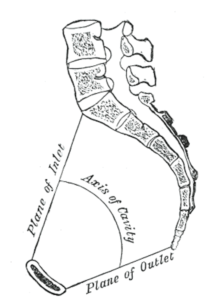 .
. 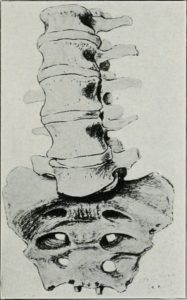
- The two hip joints (iliofemoral) where the leg bone meets the pelvis
- L5/S1 where the lumbar spine meets the sacrum and pelvis.
- T12/L1 where the middle back, or ribcage, meets the lower back, or lumbar spine.
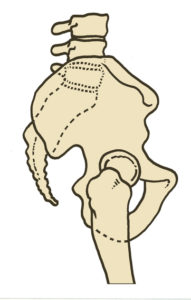
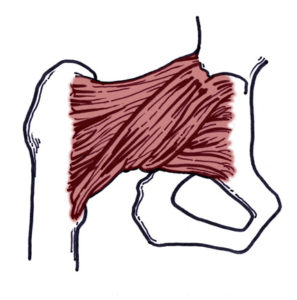
These joints determine so much about how we function, how well our bodies work, and if we have the chance to age successfully or not.
Three of them also happen to be where the most common surgeries for pain relief happen.

The two most common surgeries employed for pain issues are hip replacement and L5/S1 Fusion.
As knee replacement surgery improves it is catching up but it is not quite as ubiquitous as the other two.
Hip replacement surgery is exactly as it sounds.
The leg, or femur bone, connects into the pelvis through a ball at the top of the femur that inserts into a cup, the acetabulum, in our hip.
In order for us to walk upright on two legs the way we do there needs to be angle at the top of the femur so that the leg can clear the pelvis with each step.
That angle is called the neck. The femur bone goes up from the knee at a slightly outward angle and then turns in. The section that turns in is the neck.
The ball that fits into the hip socket is at the end of the neck.
Hip Replacement
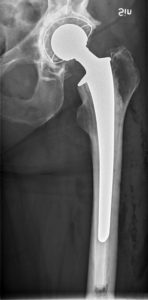
Our hips get replaced for many different reasons.
Some people have weak bones that get weaker over time.
In older people it is often because a fall breaks, or fractures, the neck of the femur. It also gets replaced because the hip socket and ball no longer work well together.
Hip replacement surgery sees the shaft of the femur cut off below the neck and replaced with a new ball and neck (usually made of ceramic or a metal alloy) and a metal shaft (usually made of titanium) is inserted in the femur to connect it all.
The socket is replaced with a plastic cup that often includes a titanium shell.
It is a very successful surgery. But it would be better not to need it. And the less surgery we undergo the more likely it is that we will age successfully.
L5/S1 fusion is no laughing matter even though it is so common. It is a major surgery where the L5 disc is removed and the L5 and the top of the sacrum are stabilized by hardware including screws, bolts, and/or plates.
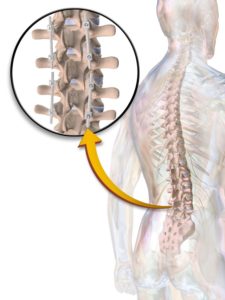 While there are legitimate reasons for these surgeries like I mentioned above, most people end up needing these surgeries— in my humble opinion— because of a lifetime of poor alignment and function.
While there are legitimate reasons for these surgeries like I mentioned above, most people end up needing these surgeries— in my humble opinion— because of a lifetime of poor alignment and function.
If we stand and walk poorly we are usually turning out our feet too much and turning out the feet too much usually rotates the ball of the femur too much as well.
The habitual, and excessive, external rotation doesn’t add up well over the course of a lifetime.
I think everyone leans backward when they stand. If you don’t think you do, check on a mirror or have someone take a picture of you. I can almost guarantee you are leaning backward at almost all times.
Aging Successfully
If you are in fact doing this, you are putting consistent and constant stress on L5/S1. Why wouldn’t it wear out and deteriorate?
The truth is a lot of people get away with walking poorly and having bad posture. A lot of people also get away with smoking and drinking too much.
But— and it is a big but— poor walking patterns and bad posture make healing more difficult and make aging well much less likely.
There is a huge payoff to changing the way you walk and stand even if you don’t have pain. But pain is the great incentive that can encourage us to change.
My parents did not age well, and I suffered through a series of three knee surgeries in my 30’s where I thought I would never be out of pain and live a normal active life again.
I was my first client and after changing the way I walked and improving my posture— I am hypermobile which is why my body broke down— at the age of 60 I am able to do whatever I want physically doing yoga and biking daily, taking long walks with my wife and dog and hiking when time allows.
On that note, I see my knee surgeries as the best thing that ever happened to me (other than my wife and children).
Were it not for my body breaking down when it did, I would likely be struggling through a much more difficult adulthood.
Learning about how the body works, and now teaching others about walking, posture, and exercise has been an extraordinary journey.
And I believe/hope is has set me up to age successfully.
